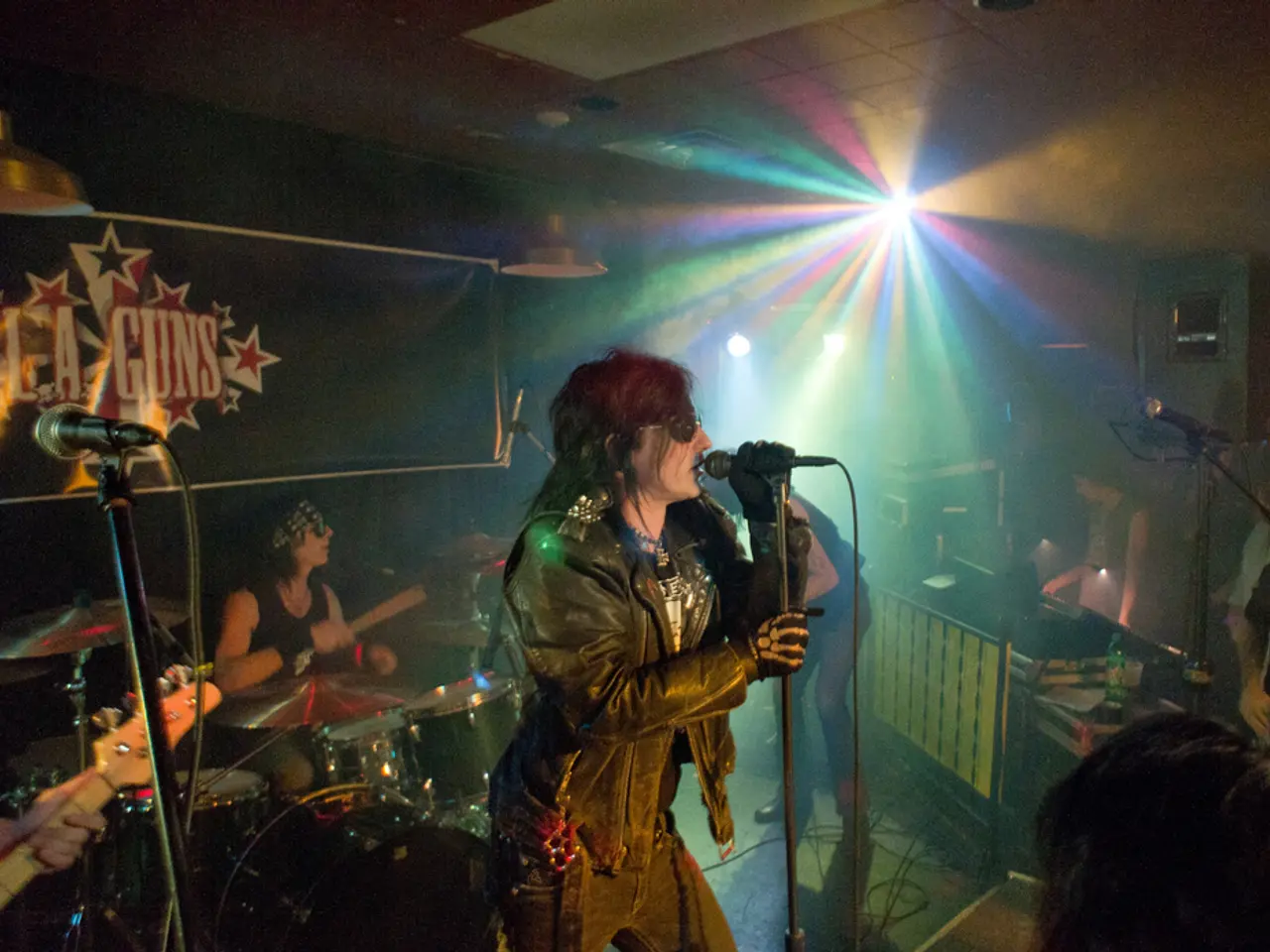Bustling New Orleans, United States, referred to as Louisiana's 'Easily-Big'
New Orleans, famously known as the most European city in the U.S., owes a significant portion of its identity to the African diaspora. This vibrant blend of African, European, and Caribbean influences has shaped the city's music, religion, language, literature, and social fabric, making it a unique cultural crossroads.
The city's history traces back to 1718 when it was founded by Jean-Baptiste Le Moyne de Bienville. In the following years, the first Africans brought to New Orleans as enslaved people arrived in 1719. This diverse influx of African communities laid the groundwork for the Afro-Creole culture that would come to define the city.
One of the most critical cultural sites was Congo Square, a public space where enslaved Africans and free people of color gathered weekly to sing, dance, play music, and maintain African traditions. This unique blend of African rhythms and European instruments contributed to early African American musical culture and influenced composers such as Louis Moreau Gottschalk. Slaves were not required to work on Sundays, and they would gather in Congo Square to trade, socialize, and sing.
The Afro-Creole culture is characterized by the blending of African spiritual practices with Catholicism and the French language, resulting in distinctive forms like Louisiana Voodoo and the Louisiana Creole language. Figures like Marie Laveau exemplify this syncretism. The Afro-Creole population maintained French cultural elements while integrating African heritage.
Language and literature played a crucial role in the city's cultural development. Afro-Creole poets of color published French-language works challenging slavery and racial inequality, exemplified by the 1845 anthology Les Cenelles. The city had a vibrant Francophone press and arts scene.
Social and political dynamics were also shaped by African-descended communities. They were integral to the Creole culture, centred in neighbourhoods like Tremé and the French Quarter, which stood alongside immigrant and Anglo-American populations, producing a multilayered cultural landscape.
New Orleans’ food culture is an amalgam of Native American, African, French, Spanish, and immigrant influences, highlighting the ongoing cultural fusion rooted partly in African heritage.
While the city was ceded to the Spanish empire in 1763 and served as the capital of French Louisiana, it was not spared from the institution of slavery. New Orleans became the busiest slave port in North America during the 19th century. However, Louisiana developed a large population of gens de couleur libres ('free people of color'). White slave-owners who fathered children with slaves were required to free both mother and child in Louisiana.
The African diaspora's contributions are evident in the city's modern landscape as well. For instance, 'Congo Square' is now part of Louis Armstrong Park. In the late 19th and early 20th centuries, jazz music emerged in New Orleans, influenced by both classical composition and the African rhythms preserved in Congo Square.
After Hurricane Katrina hit in 2005, flooding 80% of the city, rebuilding New Orleans became a national cause célèbre. In 2017, LaToya Cantrell was elected as the first female African-American mayor of New Orleans. The city's rich cultural heritage is preserved in significant sites such as The Cabildo, Pitot House, Presbytère, The Historic New Orleans Collection, Lafayette Cemetery No 1, St Augustine Catholic Church, and the Backstreet Cultural Museum. The New Orleans Jazz Museum and the Backstreet Cultural Museum offer insights into the city's jazz heritage and African-American culture.
Despite the city's prominent European colonial heritage, the African diaspora's influence is fundamental to New Orleans' identity, making it a distinctive cultural crossroads where African, European, and Caribbean influences converge.
- The distinctive fusion of African rhythms and European instruments, traced back to Congo Square, played a significant role in shaping not only African American musical culture but also influenced the rise of jazz, a genre that uniquely defines New Orleans' lifestyle today.
- Beyond its bustling home-and-garden scene and vibrant social fabric, travelers discover New Orleans as a profound cultural melting pot, where the African diaspora has crafted a rich tapestry of tradition, embodied in its literature, music, architecture, and cuisine, transcending regional boundaries and inviting exploration of a world that seamlessly intertwines in this unique city.





